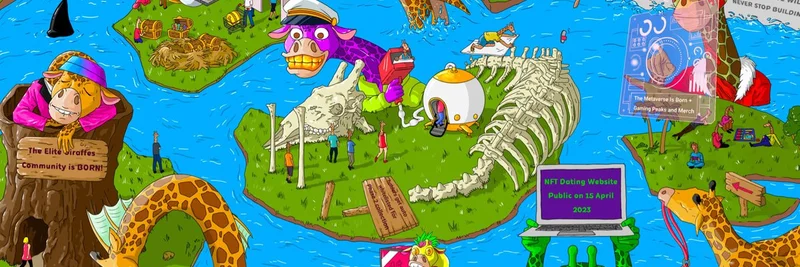Hey there, crypto curious! If you’ve been keeping an eye on the latest buzz in the blockchain world, you might have stumbled across an exciting tweet from Tom Warner (@Web3_T) on July 1, 2025. This post dives into how multicast technology is shaking things up for high-performance blockchain networks like Solana. Let’s break it down in a way that’s easy to digest, even if you’re new to the crypto scene!
What’s All This Talk About Multicast?
Tom’s tweet highlights a big issue: validators (the nodes that keep blockchain networks running smoothly) often clog up the network when they chat with each other. Imagine a group of friends sending individual text messages to everyone in a chat—tons of repetition and chaos! That’s what happens with the current method, called unicast, where data is sent one-to-one. Multicast, on the other hand, is like switching to a group text: one message goes out, and everyone who needs it gets it at once. Pretty cool, right?
This shift is a game-changer because it frees up space on the network, allowing more transactions (or TXs, in crypto lingo) to happen without slowdowns. Tom’s ELI5 (Explain Like I’m Five) analogy nails it: unicast is like many 1:1 text threads, while multicast is a single group update. Simple, yet powerful!
Why Does This Matter for Blockchain?
If you’re into meme tokens or any blockchain-based projects, you know speed and efficiency are key. Validators need to agree on the state of the network (a process called consensus) to process transactions. With unicast, sending data to every validator individually creates bottlenecks—think of it as traffic jamming up a highway. Multicast solves this by sending data once and letting the network handle the distribution, much like a smart delivery system dropping packages to multiple houses in one go.
The tweet references a thread from DoubleZero, which introduced native multicast support. This tech, already used by high-frequency trading firms, is now being adapted for decentralized systems. The result? Faster block propagation, lower latency, and even real-time oracle feeds—perfect for keeping meme token prices updated without lag!
The Solana Connection
Tom mentions this works for “any high-performance chain,” and Solana is a prime example. Known for its lightning-fast transaction speeds, Solana relies on validators working in sync. The DoubleZero thread explains how teams in the Solana ecosystem are already testing multicast in their validator software. This could mean smoother operations and more room for innovative projects—like those wild meme tokens we love at Meme Insider!
A Peek Under the Hood
For the tech-savvy, multicast uses deterministic fiber paths and hardware-level packet handling to ensure data gets where it needs to go efficiently. The DoubleZero docs dive deeper if you’re curious. Plus, with group configuration and permissions managed on-chain, it’s secure and scalable—key for any blockchain network handling millions of transactions.
What’s Next?
This is still in the testnet phase (version 0.2.2), with broader testing on the horizon. If you’re a blockchain practitioner, now’s the time to experiment! Check out the demo from Malbec Labs CTO or the full announcement for more details. Who knows? This could be the boost meme token projects need to scale up and shine!
So, what do you think? Ready to see multicast turbocharge the next big meme coin? Drop your thoughts in the comments, and stay tuned to Meme Insider for more blockchain breakthroughs!



